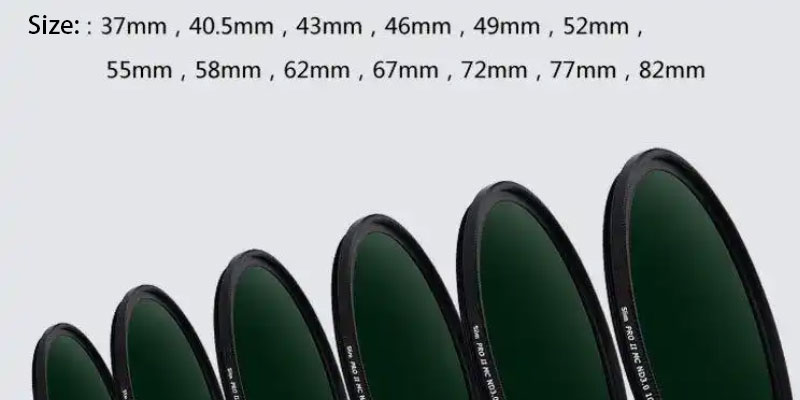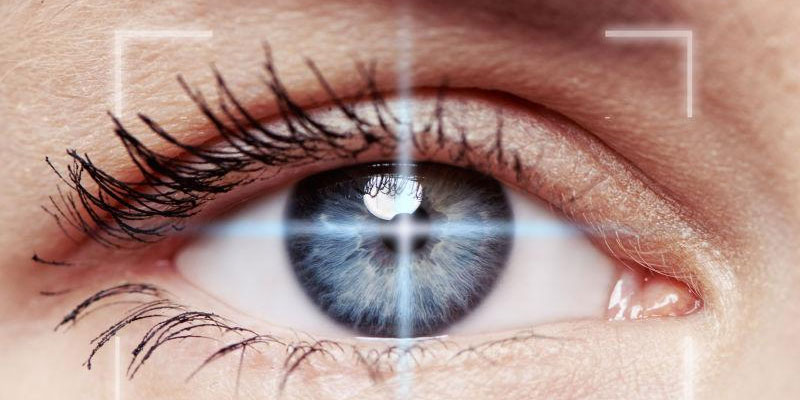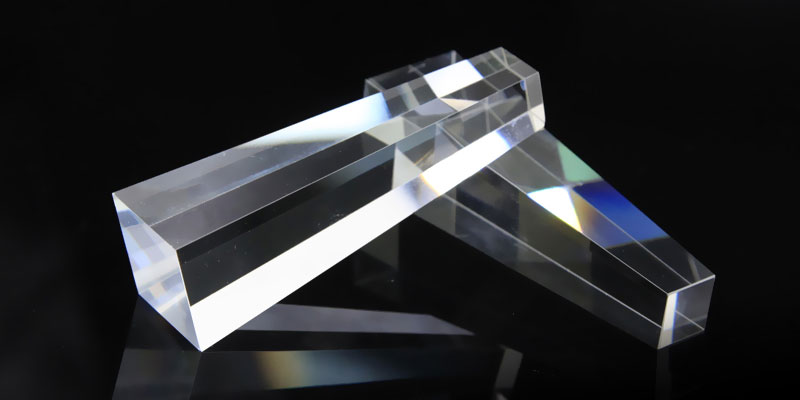
ND filter lens, as the next mainstream choice after polarising filters, are little known but offer endless creative possibilities for photographers. Next, we will explore these filters in depth to understand their types, uses and their unique working principles.
1.How ND Filters Work
The core function of an ND filter is to reduce incident light by an even percentage across the entire spectrum. In short, it provides photographers with greater exposure flexibility in bright environments by reducing the amount of light entering the camera.
It’s important to note that while adjusting the aperture can solve overexposure problems, there are limitations to this method (such as diffraction) and it can alter depth of field and composition. In very long exposure scenes, this method is even more ineffective.
Next, we’ll take a closer look at the different types of ND4 filters and their applications. In the meantime, be sure to note that long exposures are key to shooting with ND filters, so a sturdy tripod is essential.
2.Camera screen corrected for two stops of overexposure using the ND4 filter
When the camera screen displays ‘two stops overexposed’, the exposure can be corrected by using an ND4 filter, an optical filter that reduces the amount of light entering the camera, effectively reducing the exposure while maintaining the sharpness of the image. When an ND4 filter is installed on the camera, the exposure state will be significantly improved, making the camera screen show a more appropriate exposure state.
Alternatively, you could try checking out the application ‘Long Exp’ developed by Ilya Genkin. It’s a set of calculators designed for long exposures, including a ‘Stack ND Filters’ function that calculates the total light reduction of multiple ND filters. In addition, the app offers a wealth of tables and many other useful calculators. It should be noted that the app is currently only available in free and paid versions for iOS, and the paid version is recommended for its usefulness.

3.Common uses of ND4 filters:
- Daytime Portrait Shooting: use a wide aperture but not afraid of overexposure!
In a sunny environment, using a large aperture such as f/1.8, f/2.0, etc. is prone to overexposure.
Using ND4 can reduce the brightness, allowing you to take artistic portraits with a blurred background and shallow depth of field.
- Landscape Photography: Creating Motion Blur (Slow Shutter Shot)
Use ND4 to slow down the shutter speed (e.g. 1/15s, 1/8s), so as to make the water, clouds, traffic, etc. have a sense of ‘flow’.
Shooting Silky waterfalls, calm water, city drag etc.
- Video Shooting: Controlling Shutter Speed to Maintain a Cinematic Feeling
A common shutter speed rule for video is: shutter speed ≈ 2 times the frame rate (e.g. 24fps → 1/50s).
ND4 can help you control the shutter speed not too fast in outdoor bright light, so that the motion picture is natural and has a ‘film sense’.
- Drone Aerial Photography Light Control
The drone lens has a fixed aperture, so it is easy to overexpose during the daytime.
ND4 filter is a popular light reduction tool for aerial photography, which improves the details and tonal balance of the image.
ND4 filter lens is a popular light reduction tool for aerial photography, which improves the details and tonal balance of the image.
optlenses
Related posts
Activity 11 Optics Of The Human Eye
What is The Surface Area of This Rectangular Prism Brainly?
How to Get Super Glue Off Eyeglass Lenses?
Why are Some Phone Companies Copying Iphone Camera Lenses?




